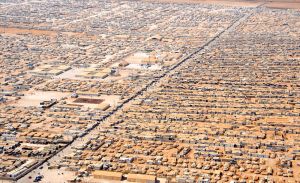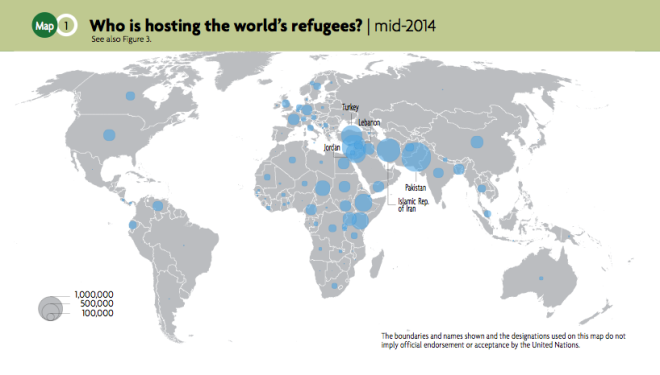When I entered this class, I didn’t quite know what to expect. I had no idea how far I would come not only in my writing but also in my sensitivity towards human rights. As a journalist, you have to juggle a lot: asking the right questions, being sensitive to the interviewees’ needs, and writing as clearly and unbiased as possible. It’s a lot to handle sometimes, and often times, as we’ve seen through the Intervention Dilemma, we as the media are not always successful.
For me, the capstone project was the most eye opening experience. To become myself integrated in the neighborhood, to speak to persons on all sides of the issue, reminded me once again how important, and rewarding, it is to have a well-sourced piece. It not only allows you as the journalist to write a more well-rounded story, but you are able to explain the full story, with the write word choice and imagery, to prevent more abuses to these individuals who have undergone enough tragedy already.

We spoke about parachute journalists at the beginning of the semester and that concept really stuck with me. Not only in regards to coverage abroad but even in your own town, spending time, understanding the culture (especially in such a stratified area as Dallas), and representing them as best as possible in your story comes with time. It may be more work, but it is our duty as journalists to report stories, especially those concerning human rights, to the best of our ability. That comes with time and effort, necessary to creating the best, most complete story possible.
The other concept that really impacted my view on journalism is to see the human rights violations and those affected as stories on their own, separate and equally as important as when tragedy strikes. When girls are kidnapped, stories are reported in the West. But ongoing coverage of the persecution, religious and cultural, is as influential to creating a knowledgeable population with the ability to enact change.
I myself have suffered from compassion fatigue. But learning the tools to counteract it, like turning international stories local and finding new ways to report stories to capture people’s eyes (without being sensational), really pushed me to think outside the box.
This class changed the way I think about reporting, not only on human right stories. But more than anything, it gave me the information to represent others in an empowering way, that keeps victim-blaming and pity out of the vocabulary.





